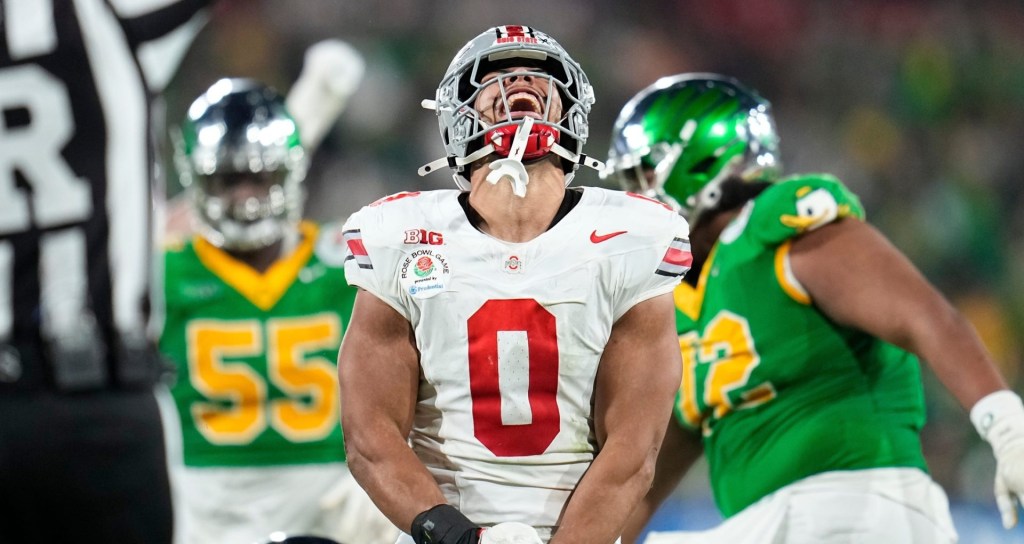College football teams are usually measured based on their win-loss totals. There are all sorts of additional metrics, such as strength of schedule, yards gained and allowed, and points scored. You can even get granular with analytics that incorporate matchup and tracking data.
But one of the most meaningful statistics of this very different 2024 season will be miles traveled.
Ongoing upheaval across this part of the industry—led by conference realignment, the arrival of true coast-to-coast entities in that reshuffling, and the expansion of the College Football Playoff—is greatly increasing the distance that many teams will travel.
UCLA, now part of a remade Big Ten Conference that stretches from the Pacific Ocean to the Atlantic Ocean, leads the way with a schedule that will involve more than 11,000 miles of travel, per Kayak—fueled by away games at Hawaii, LSU, Penn State, Rutgers, Nebraska, and Washington.
But the Bruins are hardly alone in this new reality of college football, as other newly realigned schools such as Cal, Stanford, and the aforementioned Huskies are poised for similarly hefty travel demands this fall. A remade ACC, another conference now stretching across the entire continental U.S., is also prompting meteoric increases in travel for some of its incumbent schools, such as N.C. State and Georgia Tech, compared to last year.
“That’s part of the game. If you want to play big-time ball, you’re going to have to travel and go to new stadiums and hostile environments,” Bruins coach DeShaun Foster (above) said at the team’s recent Big Ten media days. “I think we’re looking forward to that.”
Notably, Foster, a former star Bruins player who went on to play professionally for six years, also said of the team’s schedule, “In the NFL, you travel, so it’s the same thing”—further highlighting the increasingly blurred lines between college and pro football.

What About Other Sports?
As the realignment wave has heightened, athletes and coaches in Olympic and non-revenue sports have consistently sounded the alarm about the potential impacts of the new-look conferences on their programs. Historic levels of change in college sports’ revenue model only add to those pressures.
Already, even powerhouse schools such as Ohio State are signaling a potential of reduced scholarships and altered structures for programs outside of football and men’s basketball.
“We’ll still have scholarships, we’ll still have programs,” Ohio State president Ted Carter told The Columbus Dispatch. “Some of those sports may start to look and act a little bit more like a club sport, but yet compete at the Division I level and still travel.”
Other Olympic sports programs, such as beach volleyball at USC, were orphaned altogether, providing opportunity for upstarts such as the Mountain Pacific Sports Federation.

















